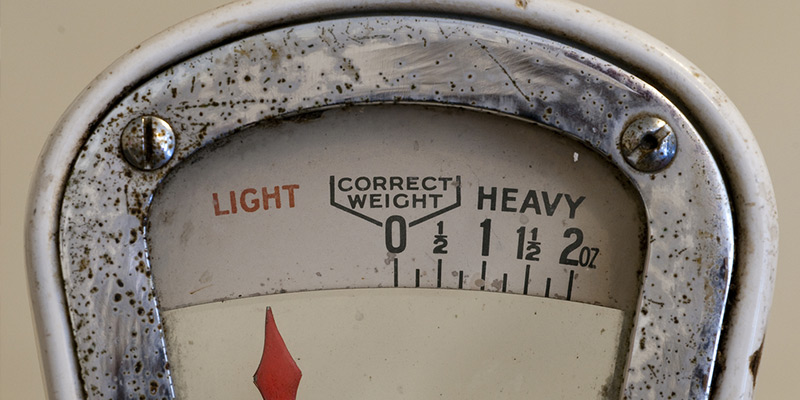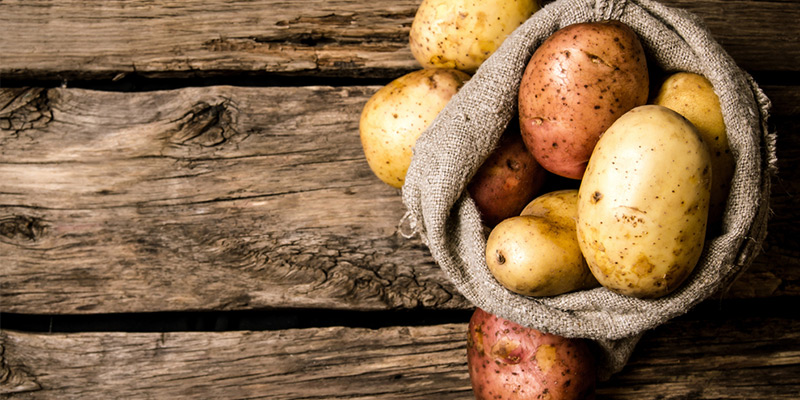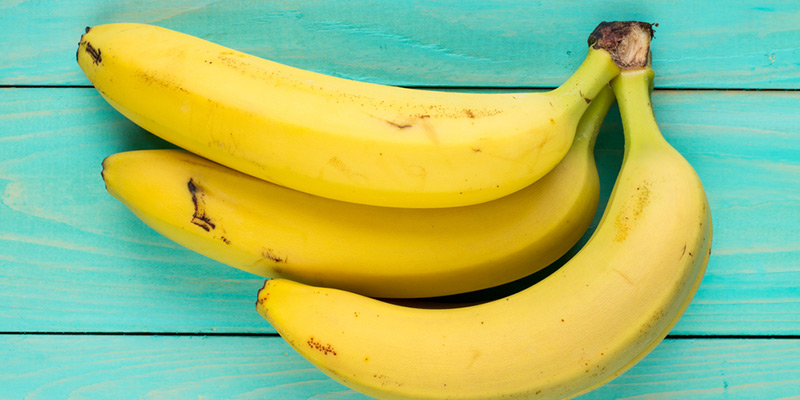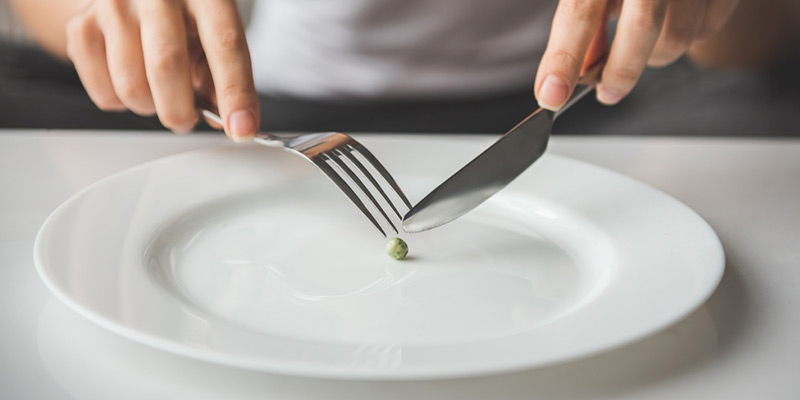Nutrition, nutrition, nutrition. Along with training, it’s vital you get it right in order to achieve your goal body and generally be a healthy individual.
Even if you only loosely have an understanding as to what is good and bad for you – like sugary drinks and processed foods aren’t great – you’re still doing well.
But 100 years ago, what was deemed healthy may just shock you.
Way back in the 1910’s there were two leading health experts – Dr. Lulu Hunt Peters and Eugene Christian, who published Diet and Health Key to the Calories (1918) and Encyclopaedia of Diet: A Treatise on the Food (1914) respectfully.
People lived and breathed these theories, so here are our top 6 faves and why they wouldn’t do you any good today…
How to Calculate your Ideal Weight

Long before the days of the BMI index (don’t get us started) the people of the early 20th century were advised to multiply the number of inches they were over 5ft by 5.5 and add 110.
This, apparently, would give them their ideal weight for their height. Come to think of it, this theory seems to have come from the same warped ideals barrel the BMI index was fished from – but that’s another story for another day…
This would mean a 6’ guy ought to weigh 176lbs, which is perfect if you’re planning to join the Olympic Heavyweight Rowing Team – not so great if you simply want to build muscle or partake in a sport like Rugby…
How to Avoid Droopy Neck Fat

Just like today, people at the turn of the 20th century were pretty concerned with their appearances, and one area seemed to cause them much distress.
Their necks - specifically the droopy, fatty part. So in order to banish a double or triple chin, they were advised to vigorously massage the neck in an up and down motion.
This is utter nonsense because the classic turkey neck doesn’t necessarily come from fat. It’s actually due to a weakness in the neck muscles, which means the skin that lies over the top isn’t adequately supported and likely to sag.
Also, as you get older, your skin loses elasticity. So it’s more important to keep your neck strong and mobile, and care for the skin over it!
However, if your neck rolls are cause from fat, then the only way you’re going to get rid of it is to lose fat from all over your body and, we hate to break it to you but, targeted fat loss through vigorous rubbing ain’t gonna cut it!
What is the Ideal Breakdown of a Balanced Diet

Yes folks, back then macro counting was a thing – and there you were thinking it was a new concept…
According to Hunt Peters, the ideal diet is 10-15% protein, 25-30% fat and 60-65% carbohydrates.
That’s vastly different from the 40% protein, 30% fat and 30% carbs split often promoted today.
Yet, it’s not total rubbish to have a split like this at the turn of the 20th century. Why? Well, back then, many people laboured for their keep and, as we all know, carbohydrates are the fuel to your body’s engine.
Having a diet high in carbs meant lots of energy.
Furthermore, protein was expensive. Meat was not an every day thing like today so it stands to reason they had to get their calories and energy from somewhere and carbs derived from potatoes were an easy, cheap option.
What to Eat for Breakfast if Afflicted with Obesity

Nowadays we promote a healthy, balanced breakfast made up of lean protein, carbs and healthy fats to kick start your day.
However, back then if one was rather rotund, it was advised to consume a breakfast of fruit (any), a cup of hot water, 2-3 exceedingly ripe bananas, raisins, nuts and cream!
Basically, sugar, sugar, sugar (albeit natural sugar), healthy fats and fatty sugar. Do we really need to spell this one out…?
What to do if you’re Underweight and want to put on Weight

With no mass gainers or innovative supplements to take and all that hard labour, putting on weight at the turn of the 20th century often proved to be a challenge.
Eating more would have been the easy option, but food was costly and the likelihood of being able to regularly eat enough calories was slim. So Hunt Peters suggested the following:
- Talk less or omit details as taking uses energy and burns calories
- Avoid drinking during meals, as this will fill your stomach up. Only drink beverages containing immodest amounts of cream or sugar.
- Drink a beverage made up of milk, syrup, egg, ice cream, whipped cream and malted milk.
- Worry less as worrying causes you to tense your muscles and that burns calories.
Well, with the milk, syrup, egg, creamy, malted milk mixture the weight definitely would have piled on along with a fair wee bit of heart disease…
Think you ought to stick to your mass gainers…
In Order to Lose Weight, You Should…?

Cuts were just as important to the Georgian’s as they are today, but they weren’t trying to get a summer bod or prepping for a fitness comp. They just wanted to be thinner.
Seemingly, this “ideal” is a merry-go-round destined to keep spinning, but back then instead of ramping up the HIIT and protein, they were advised to:
- Fast for one day; no food, only 5-6 glasses of skim milk (hot or cold) or buttermilk drunk every three hours.
Basically, they were told to starve themselves in order to “show your stomach whose master”. Of course, in theory, fasting like this does indeed help you lose weight, but it’s not fat you’d be losing.
It’s water weight.
Fasting for prolonged periods of time also leads to higher stress levels, damages your muscles, damages your digestion and wrecks havoc on your immune system.
It also makes you super hungry and being healthy is not about pain or suffering. Don’t know about you, but we’d rather pound the treadmill for 20 minutes of HIIT than not eat…


